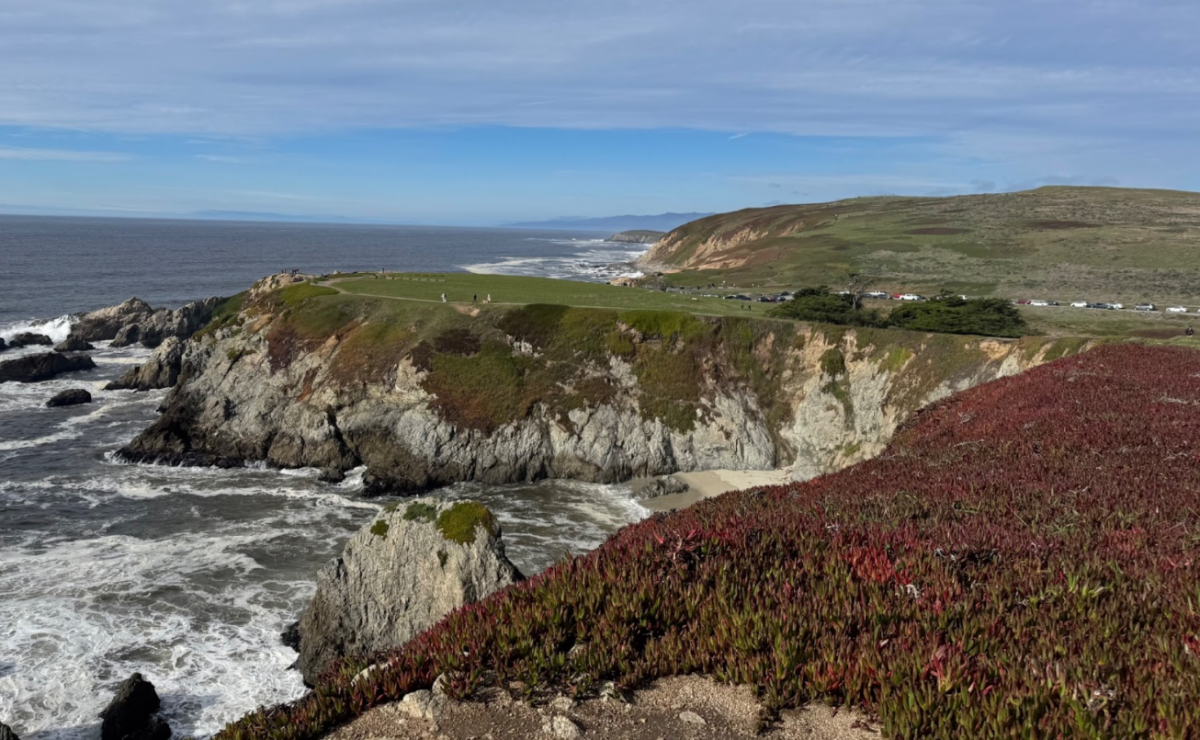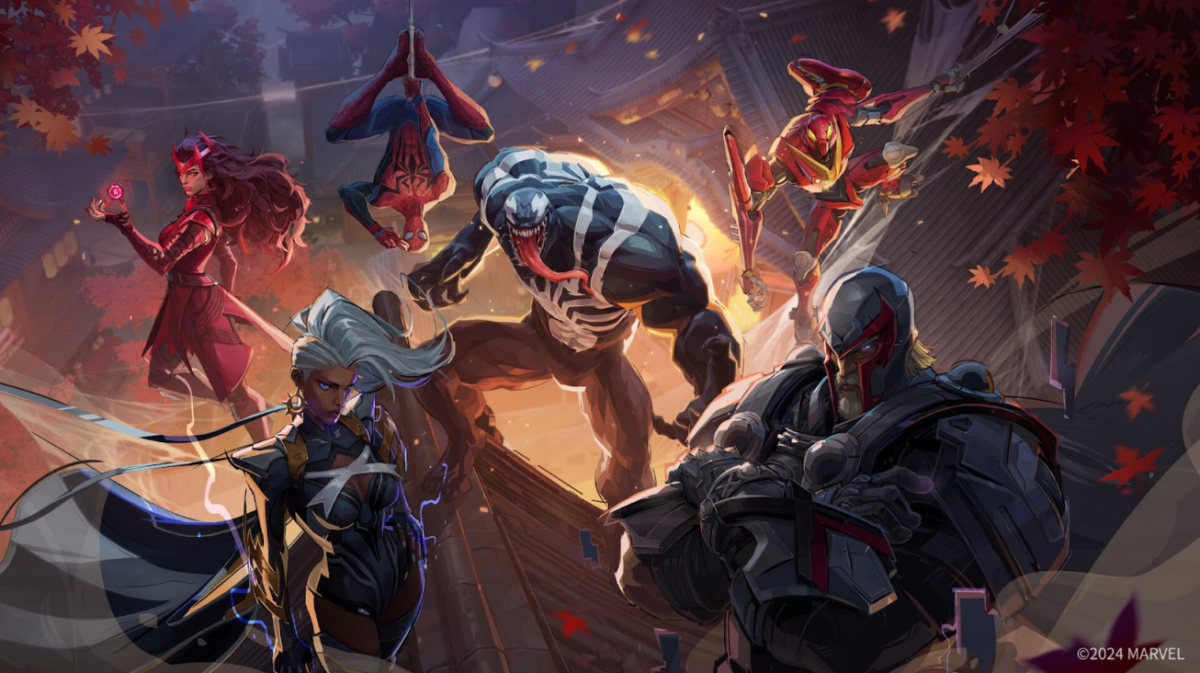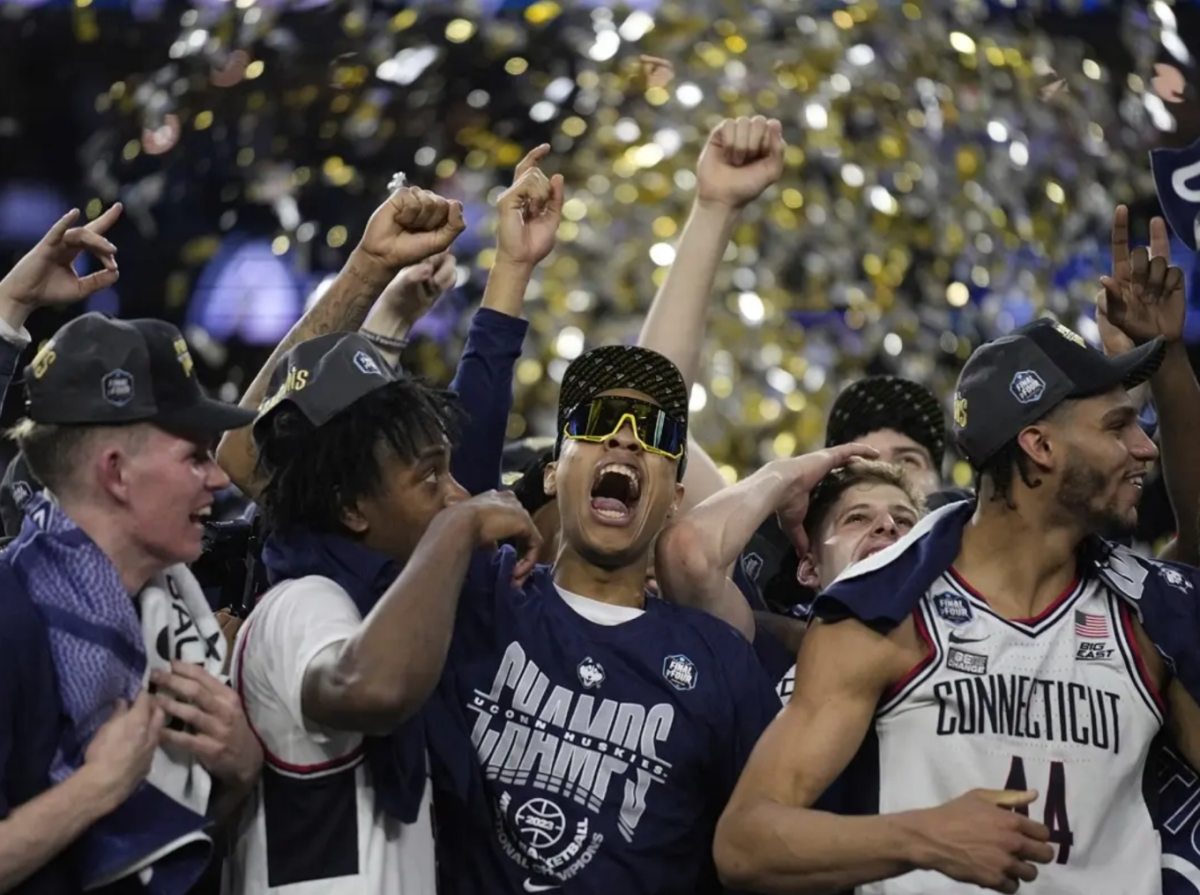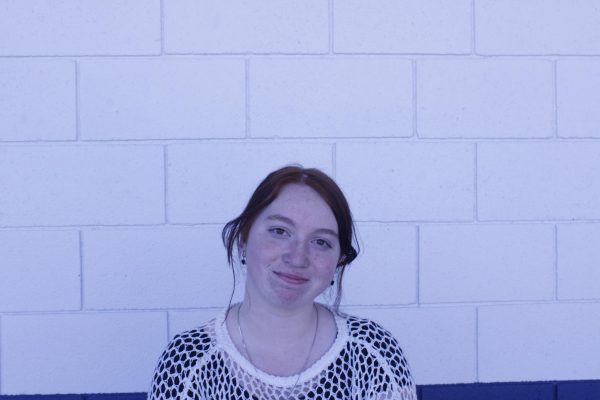Many authors, past and present, write dystopian novels about seemingly fictional worlds where things are extremely different from the one we live in today. These books may be based off of something the author sees in the world and exaggerates on paper, or something completely made-up with no basis in reality. However, lately, the impossible worlds that some of the most famous dystopian books embody are leaking into today’s society.
George Orwell, the creator of many dystopian novels, is one of the authors who drew inspiration from the problems he was seeing in the world at that time. His book “Animal Farm” is a story about human-like animals overthrowing the people that control them, but replacing it with an equally oppressive government inflicting harm.
The characters of the book begin the story planning to overthrow the human who runs the farm, which ends up successful. The animals must create a new way of life and are led by the pigs Napoleon and Snowball, with the ideology that “all animals are equal.” As time goes on, Napoleon begins to gain more control over the animals on the farm and creates a system that benefits only a few of the animals. The book ends with the sentiment that “all animals are equal, but some are more equal than others.” The pigs and men became indistinguishable from each other.
When compared to the current state of America, there are a lot of similarities between the book and real life. The main focus of “Animal Farm” is abuse of power when only a few of the characters have obtained it. Today, we see a very similar system in the U.S., as those in power are the ones benefiting, while many others are struggling to make ends meet. The difference is so extreme that the richest 1 percent make about 139 times the amount that the bottom 20 percent makes. This dynamic observed in America can be compared to an oligarchy, where a small group has complete control over a country, organization, or institution. This complete control over resources can be compared to what’s shown in Orwell’s “Animal Farm,” though it’s not the main message of the novel.
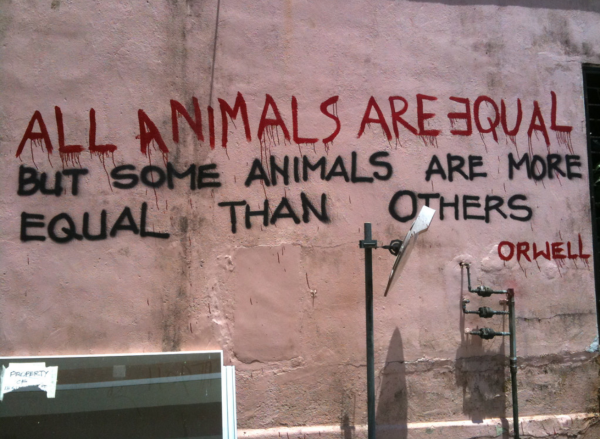
Another book that can be compared to today’s society is “The Hunger Games” by Suzanne Collins. The story is about a country divided into districts that selects 24 kids annually to fight to the death for entertainment. Obviously that aspect of “The Hunger Games” is not happening currently, but another part of the book is the Capitol and its consumerist behaviour. Various parts of the book reference the citizens living in the Capitol having parties where they overeat and then make themselves throw up so that they can eat even more, which contrasts with the starvation of the citizens of the other districts.
Overconsumption is an increasingly evident problem in the United States. Companies are constantly making new products to sell to customers and advertise them on all platforms possible. Brands are also making their products unusable once they release a new version, like how Apple iPhones stop working as soon as a new iPhone comes out. The need to get the latest trending item is so overwhelming for some people that you can open social media and see multiple videos of people with massive collections of Stanley water bottles, or clothing hauls that cost hundreds of dollars.

Finally, the work of Ray Bradbury in his book “Fahrenheit 451” mirrors the lack of information people are allowed to have today. Bradbury’s novel revolves around the destruction of books so that people stay ignorant of the problems that surround them. The way that this is shown in the real world is through the censoring of information.
The debate over whether or not TikTok should be banned may seem unimportant on the surface, since there are many other ways to look at the same content, but it’s a deeper issue than that, since it shows what our government is willing to do to restrict our access to content that may go against their beliefs. An even more similar parrallel of “Fahrenheit 451” to today’s society is the concept of banned books. Across America, schools are being restricted from allowing students to read certain books, which is the main plot point of Bradbury’s novel. Books that teach people about race, LGBTQ+ topics, and gender are the most common themes that appear on the banned books list. If people are willing to get rid of a student’s ability to learn just because of the book talking about a different perspective of life, then it’s not too out of the realm of possibility for the full story of “Fahrenheit 451” to take place here in today’s society.
Books say a lot about the author and their take on the world. Whether completely fictional or based on reality, it’s easy to see the dark similarities between some of the world’s most popular dystopian books and today’s civilization. Will there be a time where these books will be more nonfiction than fiction? Or will these books serve their purpose and deter people from the future that could occur?







